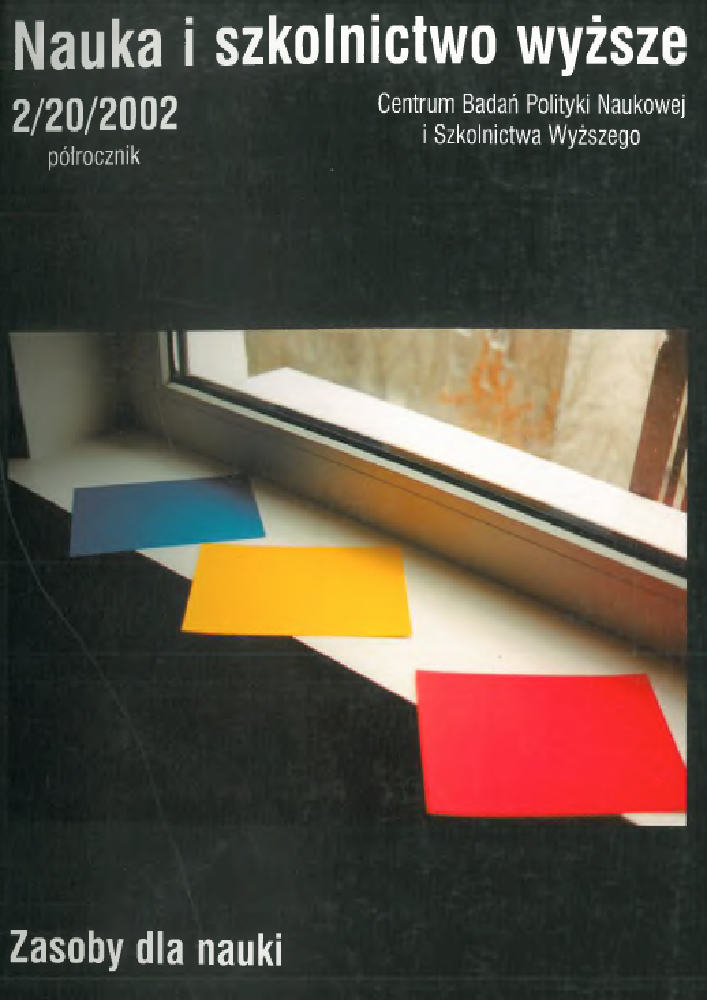Abstract
Global communication (via e-mail and Internet requires new tools for transmission and analysis of multilingual texts and databases. The new system of coding Unicode makes possible transmission of information in any writing system including all alphabets and main ideograms, without the necessity of transcription or transliteration. A problem is ordering of words and data, indispensable for efficient use of databases, catalogues and indexes. The principles of ordering in different languages (also languages using Roman alphabet) are mutually incompatible and ordering of multilingual sets requires a compromising, unified system. Consequences of the introduction of such a simplified system proposed by international standard ISO 12199 is analysed and discussed.
References
Alphabetical Ordering... Alphabetical Ordering of Multilingual Terminological and Lexicographical Data Represented in the Latin Alphabet.
ASCII... ASCII, American Standard Code for Information Interchange, 7-bit Coded Characters (ASCII).
Bojar B. 2002 Słownik encyklopedyczny informacji, języków i systemów informacyjno-wyszukiwawczych, Wyd. SBR Warszawa.
X Congreso... 1994 X Congreso de la Asociación de Academias de la Lengua Española (www.spanishpronto.com).
Norma ISO 12199 2000 International Standardisation Organisation. Norma ISO 12199.
Norma ISO 8859-x International Standardisation Organisation. Norma ISO 8859-x: 8-bit, Single-byte Coded Graphic Character Sets. ISO 8859-1 - 8859-4 Latin Alphabet. Includes Characters Appearing in European Languages Using Modified Latin Alphabet.
Norma ISO 8859-6 ISO 8859-5 „Latin & Cyrillic Alphabet”; ISO 8859-6 „Latin & Arabic Alphabet”; ISO 8859-7 „Latin & Greek Alphabet”; ISO 8859-8 „Latin & Hebrew Alphabet”.
Norma ISO/IEC 10646-1 (2000) Information Technology - Universal Multiple Octet Coded Character Set (UCS).
Meyer Myklestad J., Soraas H. 1955 Damms Lommeordboker, Engelsk-Norsk, Norsk-Engelsk, Damm & Son, Oslo.
Podlawska D., Płóciennik I. 2002 Leksykon nauki o języku, Wyd. Park, Bielsko-Biała.
Unicode Consortium (www.unicode.org)
Wierzbicki J., Rachmanović U., Chlabin J. 1966 Maty słownik serbochorwacko-polski, Wiedza Powszechna, Warszawa.
Ziabicki A. 1988 Automatyczne porządkowanie łańcuchów alfanumerycznych według różnych alfabetów i zasad porządkowania, „Prace Instytutu Podstawowych Problemów Techniki PAN", nr 40.
Ziabicki A. 1990 Dwustopniowe porządkowanie haseł leksykograficznych w różnych językach, „Prace Instytutu Podstawowych Problemów Techniki PAN”, nr 47.
Ziabicki A. 1992 The Theory of Ordering Lexicographic Entries: Principles, Algorithms and Computer Implementation, „Computers and the Humanities”, t. 26, s. 119-137.
Ziabicki A. 2002 Problem automatycznej transmisji i porządkowania haseł leksykograficznych w zbiorach wielojęzycznych, „Przegląd Biblioteczny”, nr 4.
